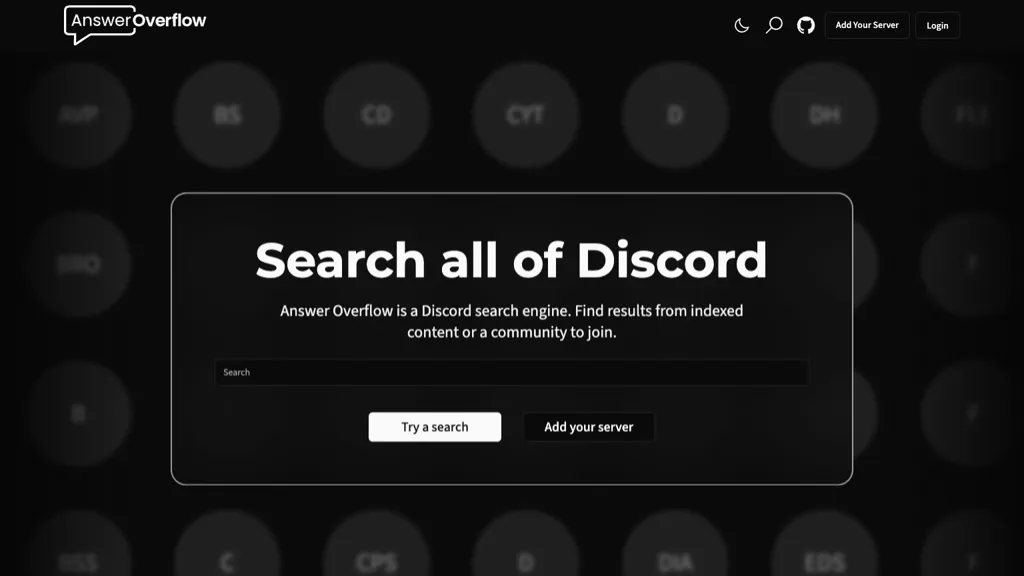Let’s talk about Overflow S2 because it’s not just another tech buzzword—it’s a game-changer. Whether you're diving into coding, web development, or software engineering, understanding Overflow S2 is crucial. It’s like the secret sauce that makes your programs run smoothly without breaking a sweat. So, if you've ever wondered what happens when data overflows or how to manage it effectively, this guide’s got you covered.
Picture this: you're building an app, and suddenly, your program crashes because of unexpected data overflow. Frustrating, right? Well, that's where Overflow S2 comes in. It’s designed to handle these situations with finesse, ensuring your applications stay robust and error-free. Think of it as your digital Swiss Army knife for data management.
Now, before we dive deep into the nitty-gritty, let me assure you—this isn’t just another tech jargon-heavy article. We’re breaking it down step by step, so even if you're new to the world of coding, you’ll walk away with actionable insights. Ready to level up your knowledge? Let’s go!
Read also:What Happened To King Von A Deep Dive Into The Rise And Tragic Fall
What Exactly is Overflow S2?
Overflow S2 refers to a cutting-edge solution for managing data overflow in modern applications. Simply put, it helps prevent crashes and errors caused by excessive data by implementing smart algorithms and efficient memory management techniques. It's like having a traffic cop inside your software, ensuring everything flows smoothly even during peak usage.
In today's fast-paced digital landscape, where users expect seamless experiences, handling data overflow is critical. Imagine a banking app that freezes during a transaction or an e-commerce site that fails during a sale. That’s where Overflow S2 steps in to save the day, offering a reliable framework for developers to build stable applications.
Why Should You Care About Overflow S2?
Here’s the deal—whether you're a developer, a business owner, or simply someone who uses apps daily, Overflow S2 impacts your life more than you think. For developers, it simplifies the coding process by automating complex overflow management tasks. For businesses, it ensures their software remains reliable, reducing downtime and increasing customer satisfaction.
And for end-users? Well, it means fewer crashes, faster load times, and a smoother overall experience. Who doesn’t want that? Plus, with the rise of big data and IoT devices, managing overflow has become more important than ever. Overflow S2 is your ticket to staying ahead of the curve.
Key Features of Overflow S2
Let’s break down the standout features that make Overflow S2 a must-have for any developer:
- Advanced Algorithms: Overflow S2 uses state-of-the-art algorithms to detect and manage data overflow in real-time.
- Scalability: Whether you're working on a small project or a massive enterprise-level application, Overflow S2 scales effortlessly.
- Customization: Tailor Overflow S2 to fit your specific needs, ensuring it aligns perfectly with your project requirements.
- Compatibility: Works seamlessly with popular programming languages and frameworks, making integration a breeze.
How Does Overflow S2 Work?
Under the hood, Overflow S2 operates by continuously monitoring data flow within your application. When it detects potential overflow, it kicks in with preemptive measures to prevent crashes. Think of it as a guardian angel for your software, always watching out for trouble.
Read also:What Is King Von Kill Count Unveiling The Legacy And Impact
Here’s a simplified breakdown of its workflow:
- Data enters the system.
- Overflow S2 analyzes the data flow in real-time.
- If it detects signs of overflow, it triggers preventive actions.
- Finally, it ensures the application remains stable and performs optimally.
Benefits of Using Overflow S2
So, why should you switch to Overflow S2? Here are some compelling reasons:
- Improved Performance: Say goodbye to sluggish apps and hello to lightning-fast performance.
- Enhanced Reliability: With Overflow S2, your applications will be rock-solid, minimizing downtime and errors.
- Cost-Effective: By reducing crashes and bugs, you save time and money on debugging and maintenance.
- User Satisfaction: Happy users lead to better reviews and increased loyalty, which is great for your brand.
Common Misconceptions About Overflow S2
There are a few myths floating around about Overflow S2 that need debunking:
Myth 1: It’s Only for Advanced Developers
False! While Overflow S2 does offer advanced features, it’s designed to be user-friendly for developers of all levels. Even beginners can harness its power with minimal effort.
Myth 2: It Slows Down Applications
Not true! In fact, Overflow S2 enhances performance by optimizing data flow and preventing bottlenecks. Your apps will run smoother than ever before.
Real-World Applications of Overflow S2
Let’s look at some real-world examples where Overflow S2 has made a significant impact:
- E-commerce Platforms: During peak shopping seasons, Overflow S2 ensures websites handle high traffic without crashing.
- Financial Systems: Banks and financial institutions rely on Overflow S2 to manage large volumes of transactions securely.
- Gaming Industry: Game developers use Overflow S2 to deliver lag-free experiences, even during intense multiplayer sessions.
Tips for Implementing Overflow S2
Ready to integrate Overflow S2 into your projects? Here are some tips to get you started:
- Start Small: Begin with a pilot project to familiarize yourself with the tool before scaling up.
- Read the Docs: Make sure to thoroughly review the official documentation for best practices and troubleshooting tips.
- Seek Community Support: Join developer forums and groups to learn from others who have already implemented Overflow S2 successfully.
Future Trends in Overflow Management
As technology continues to evolve, so does the need for advanced overflow management solutions. Here’s what the future holds for Overflow S2:
- AI Integration: Expect more AI-driven features to enhance overflow detection and resolution.
- Cloud Optimization: With the growing adoption of cloud computing, Overflow S2 will become even more integral in managing cloud-based applications.
- IoT Compatibility: As the Internet of Things expands, Overflow S2 will play a key role in ensuring connected devices operate efficiently.
Conclusion
In summary, Overflow S2 is a powerful tool that every developer should have in their arsenal. From improving application performance to enhancing user satisfaction, its benefits are undeniable. So, whether you're building the next big app or maintaining an existing one, consider integrating Overflow S2 to take your projects to the next level.
Now, here’s the fun part—what are your thoughts on Overflow S2? Have you used it before, or are you planning to try it out? Drop a comment below and let’s chat! And if you found this article helpful, don’t forget to share it with your network. Together, let’s keep the tech community thriving!
Table of Contents
- What Exactly is Overflow S2?
- Why Should You Care About Overflow S2?
- Key Features of Overflow S2
- How Does Overflow S2 Work?
- Benefits of Using Overflow S2
- Common Misconceptions About Overflow S2
- Real-World Applications of Overflow S2
- Tips for Implementing Overflow S2
- Future Trends in Overflow Management
- Conclusion



